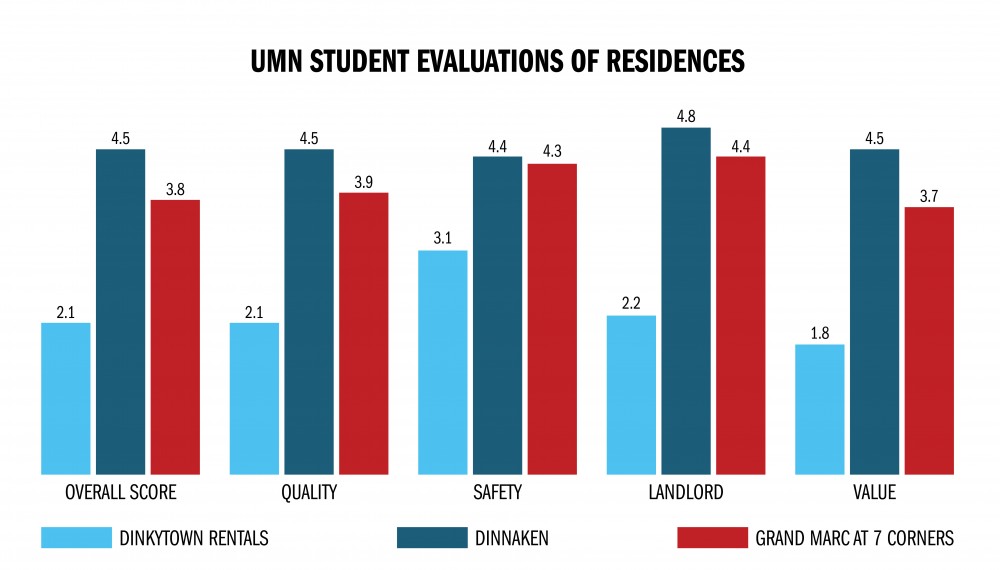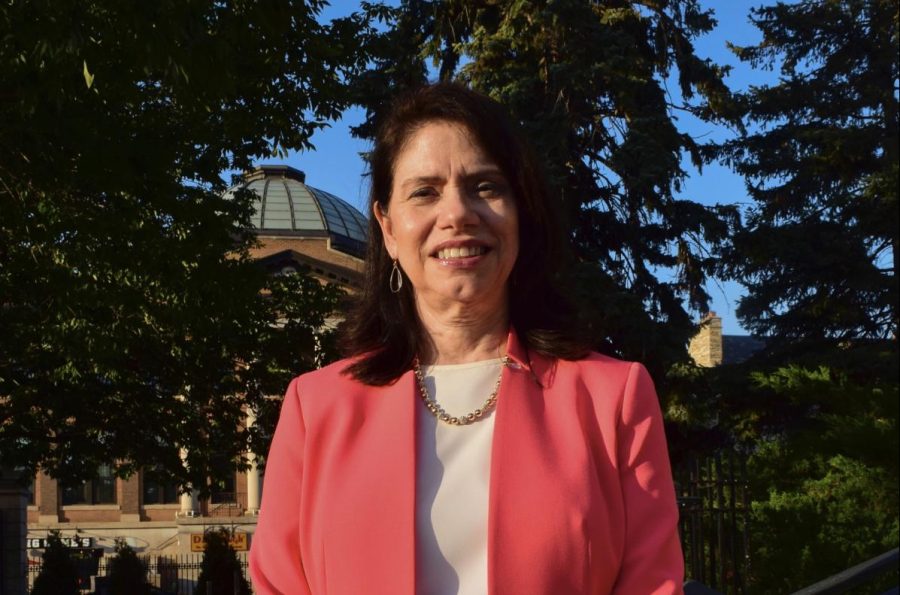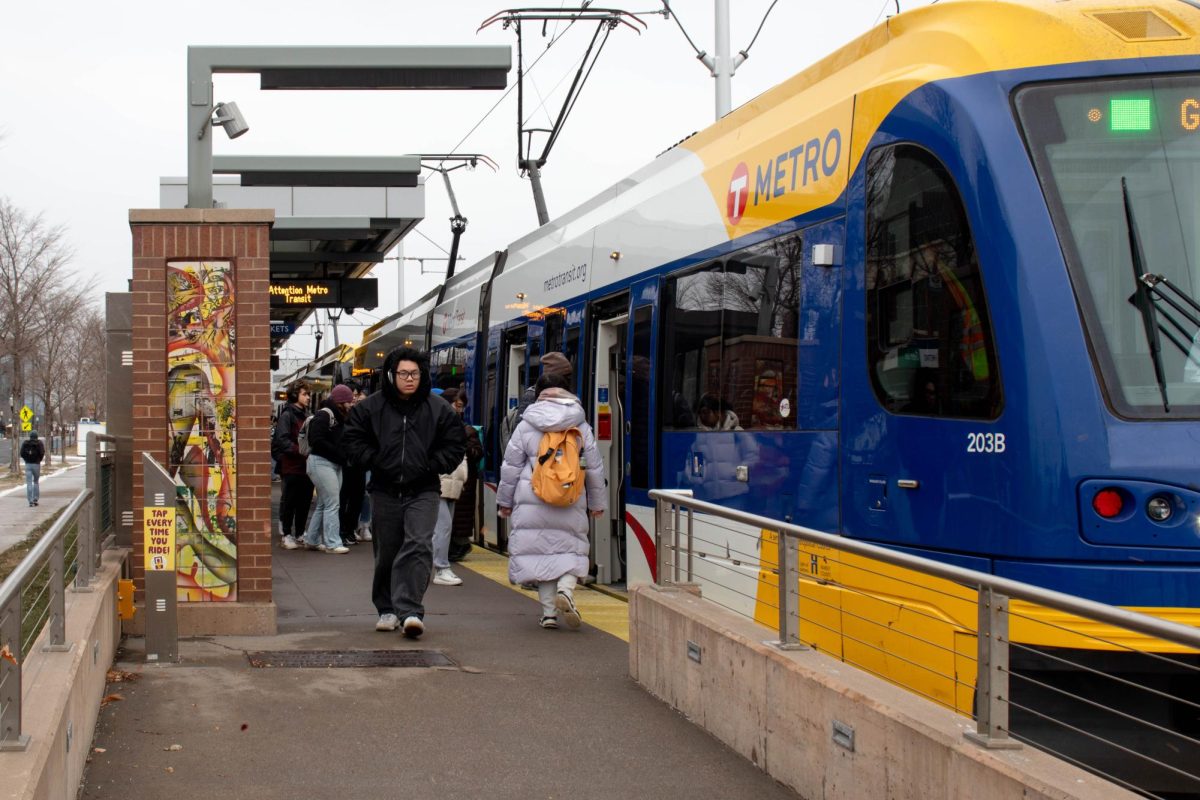Using data from an ongoing off-campus housing survey, University of Minnesota Housing and Residential Life will display reviews of University-area landlords and properties to new tenants before they arrive for fall semester.
The data was made public by the University Student Senate in March, and contains responses from the tenants of 60 off-campus properties on their living experiences. The data will be promoted by the University this summer to inform incoming students of off-campus landlords and properties.
The Student Senate created the survey in 2017 to give students a way to search for off-campus housing using input from previous tenants. The survey asked students to rank their experience with the residence in terms of quality, safety, landlord and value on a scale of one to five and assign an overall score. The survey also included properties near the Duluth and Rochester campuses.
“It’s really about making sure the student information is provided for the next generation of students who live at a given facility or place in the off-campus market,” said Scott Creer, coordinator of housing properties for Housing and Residential Life.
As of May 30, the survey received 799 responses for residences near the Twin Cities campus. GrandMarc Seven Corners, Dinnaken House apartments and Dinkytown Rentals garnered the most responses.
Among those three, Dinnaken House received the highest overall score with 4.5, and Dinkytown Rentals the lowest score with 2.1. Dinkytown Rentals operates multiple properties, and the survey results did not distinguish scores for individual addresses other than the Golden Lodge apartments.
The survey was the first of its kind conducted by the Student Senate, said Shantal Pai, current chair of the Student Senate Consultative Committee. The organization worked for years to get the survey off the ground prior to its launch, Pai said.
The survey is one of multiple attempts to protect students in off-campus housing by student government in the past year. In November, the Minnesota Student Association launched its “Break Up With Your Landlord” campaign, which spread a list of several problematic campus-area leasing companies in an effort to protect student renters. MSA also helped introduce a bill to the Minnesota State Legislature in May that would have required landlords to create more transparent leases.
Pai said the issue of landlord quality is common knowledge within the University community, but may be unknown to newcomers like international and transfer students. Sixty-two respondents identified as international students in the Twin Cities survey.
“[This survey] is a way to harvest that knowledge, quantify it and give all students access,” Pai said.
The Student Senate plans to continue promoting the survey in fall 2018 in order to gather more responses and get more comprehensive data, said incoming Student Senate Consultative Committee Chair Catalina Anampa.
“We have to think about how we can not only access students on the Twin Cities campus…but also help students who are on the other campuses where student housing might be more limited,” Anampa said.
Correction: A previous version of the article misstated the number of survey responses and the number of international students who responded to the survey. As of May 30, 799 residents near the Twin Cities campus responded. Sixty-two respondents identified themselves as international students in the Twin Cities survey.








